| |







|
 |

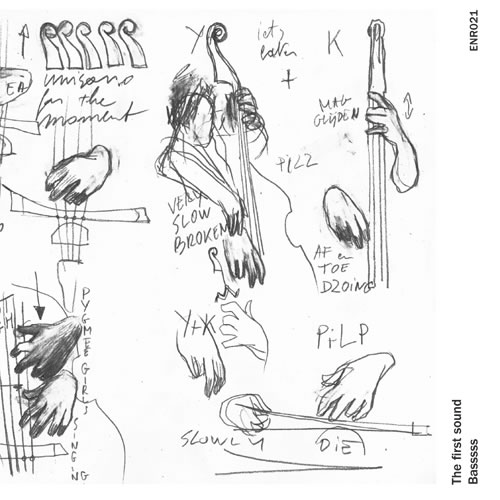
Raphaël Benoit , Citizenjazz France (26/11/2017)
"Vingt cordes, deux voix, un double album. Les choses auraient pu être aussi simples que ça. Et pourtant rien n'est facile avec ce disque, ou plutôt ces disques : du titre à la pochette, de l'objet au contenu musical, tout est fait pour nous perdre. Ce qui est certain, c'est que The First Sound, comme son nom l'indique, fait jaillir des sons primitifs qu'on dirait sortis des entrailles de la terre. Il ne cherche pas à nous émouvoir avec des mélodies qu'on fredonne ensuite pour se donner du baume au cœur, mais il parvient à nous toucher par la justesse des harmonies et des tensions qu'elles créent. Il y a un dépouillement, une honnêteté dans la démarche qui se traduit par cette approche directe, sans fard, et apaisante car emplie de justesse.
Passer à côté de ce genre de performance est coutumier. Pourtant, rien ne serait plus dommage, car il s'agit de musique profonde, forte, d'un ensemble cohérent et en accord sur le mode d'expression. Mais harmonieux ne signifie pas inoffensif, c'est même souvent l'inverse. Elle peut remuer, cette musique. Qui dit primitif dit un peu retour à la racine de toute chose, y compris des maux. Il serait étonnant de demander à cinq contrebassistes de faire du bruit et de l'enregistrer. Gageons que l'entreprise va plus loin, et qu'il est peut-être temps d'ouvrir nos oreilles cachées, comme disait un certain David S. Ware.
The First Sound est un disque qui éparpille les sons et qui en met partout, parce qu'il n'a pas jugé bon de se donner un cadre. Derrière cette légèreté d'exécution, chaque bassiste s'applique à porter avec beaucoup de rigueur l'intention du compositeur, le coupable de cette météorite musicale, Peter Jacquemyn, qui se voit condamné à être qualifié de génie en ces quelques lignes. Parce qu'il a réalisé là une œuvre réellement digne d'intérêt, pas facile à appréhender - ne nous racontons pas d'histoires - mais en prenant la peine de franchir les barrières qu'on a placées ça et là sans trop savoir pourquoi, on pourrait bien y découvrir un monde, voire s'y retrouver."
Ken Waxman, Jazzword (11/08/2016)
"More than three dozen bull fiddles short of the 45 or so violinist Joe Venuti contacted for an imaginary gig in the 1930s to revel in the confusion when they arrived at the same place lugging their basses, Belgian's five-person Basssss ensemble has a more elevated purpose. Convened by Flemish sculptor/double bassist Peter Jacquemyn, the tracks on this two-CD set contend that if enough bass players are involved and organized, sounds can be created that echo far beyond expected string tones. How well this succeeds depends on how ecumenical one is in defining sounds.
Like Jacquemyn, who has recorded over the years with the likes of saxophonist Evan Parker and percussionist Lê Quan Ninh, each of the string punishers habitually roams far from the mainstream. Kristof Roseeuw is a member of Moker, a Ghent jazz quartet. Another Ghent resident Yannick Peeters works with other Belgian musicians such as drummer Dré Pallemaerts and saxophonist Kurt Van Herck. Lode Leire is a professor of double bass at Antwerp's Artesis Hogeschool and plays with The Party ensemble, while another Antwerp resident Pieter Lenaerts, leads the contemporary music ensemble Tiptoe Company.
Like socialites appraising many gowns before deciding on the proper ensemble for a grand entrance, the string quintet members try on for size many combinations of their arco and pizzicato wardrobes. On Side A for instance the equivalents to designer interpretations encompass collective strokes that resemble brass grace notes; or a squad of emphasized plucks that swell to become more percussive than thunderous kettle drumming; and even a joust on "Tremble Side" where one bassist pirouettes extended timbres like the supple contortions of the top person in a human pyramid while the others buzz out a continuum that could be the support bodies. The extended "The First Sound" on the other hand is more than one modulation. Building up to a solid mass of sul tasto judders, the track suggests both the soundtrack of a battle between rouge elephants and maddened rhinos as well as the distant sizzle created by fissure without amplification. So opaque that at times it almost references the jape about the pitch-black picture actually being that of a black cat eating licorice in a coal chute at midnight, ear straining here reveal many of the gradations among the string tones.
If it's a credible description, Side B's "The Very First Sound" initially intensifies the dusky sound picture still further making the idea of textural transparency appear as unattainable as the US ever adopting gun controls. It's as if a gigantic sink hole has opened and swallowed every individual tone. Finally release arrives when the bulge is broken up with first one, than many reed-like whistles. The concluding "Broken Blues" bends and vibrates the 20 strings so that the resulting broken counterpoint melds both the Blues tradition and the experimental string program to which the rest of the session has been dedicated.
The First Sound should be avoided by those who abhor low tones as well as those who prefer instruments to follow conventional paths. Should you yearn for unheard textures however, hearing some of the timbres here will be rewarding."
|
 |
  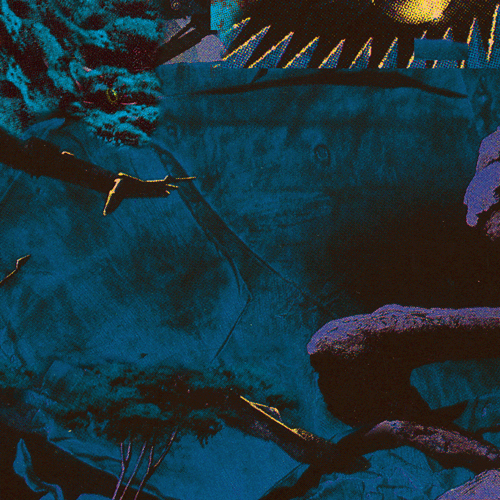 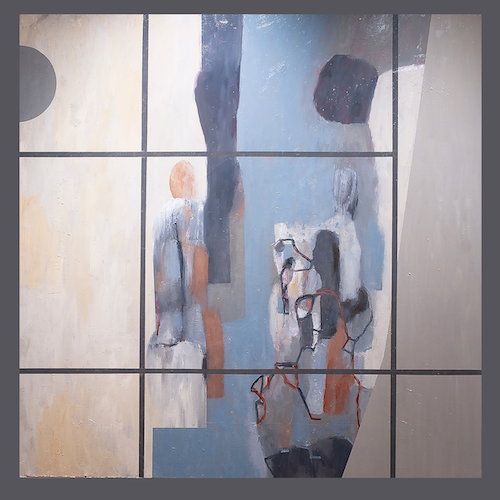 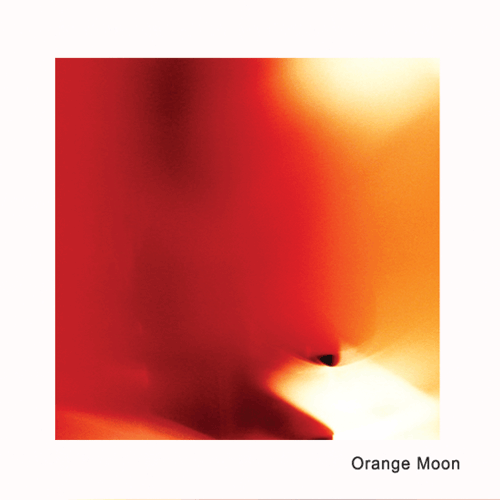
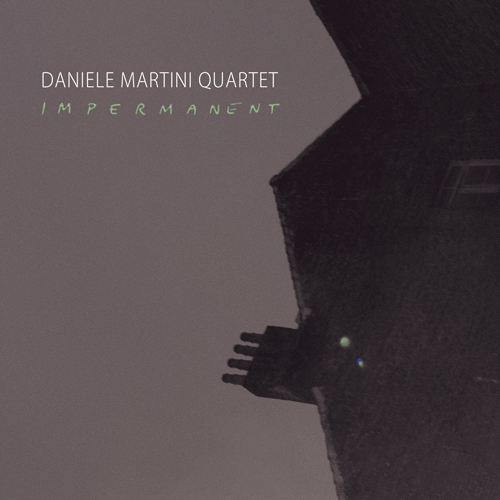   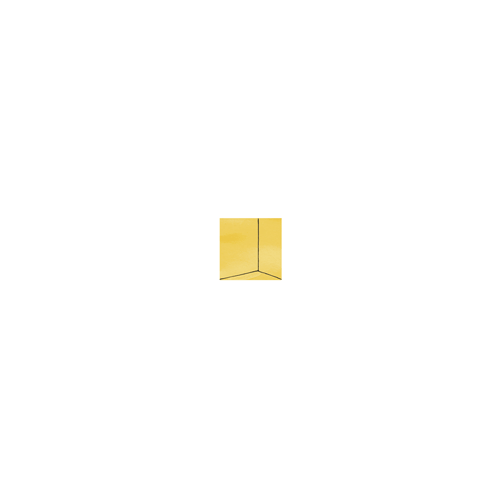 
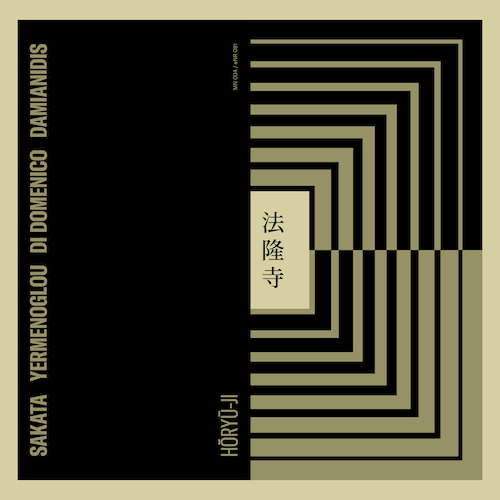 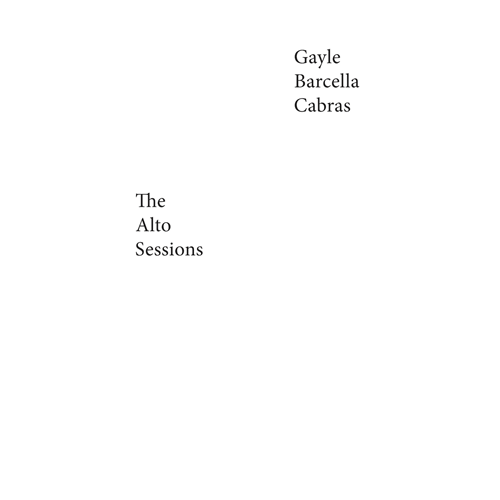  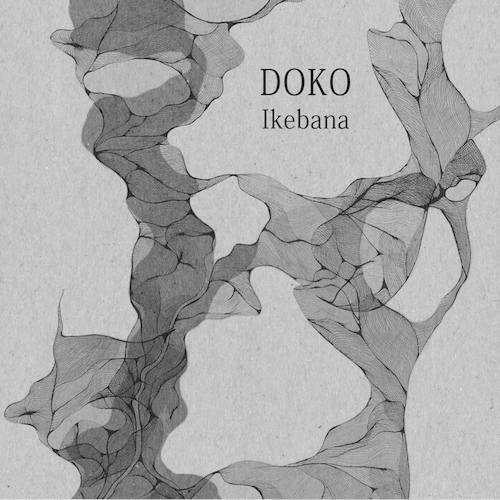 
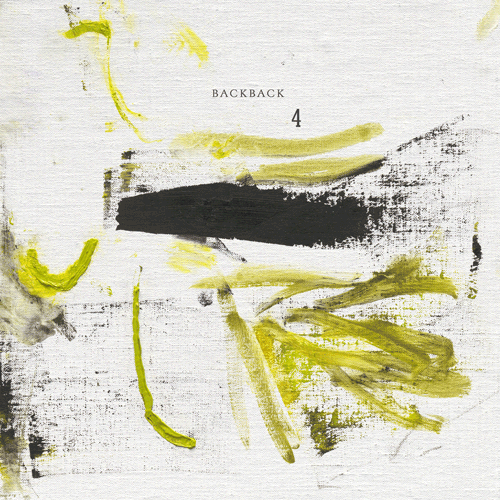 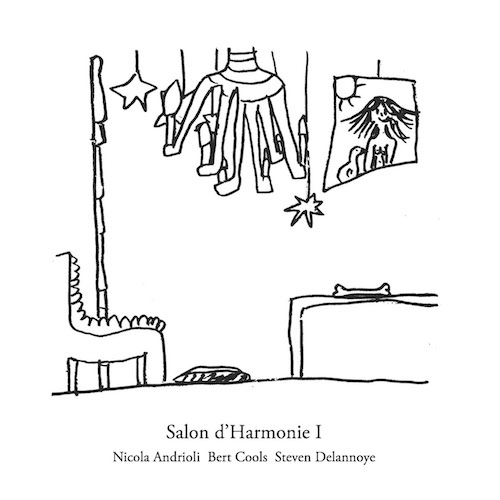  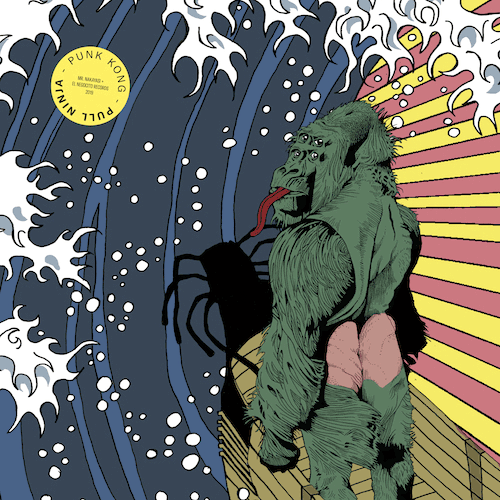 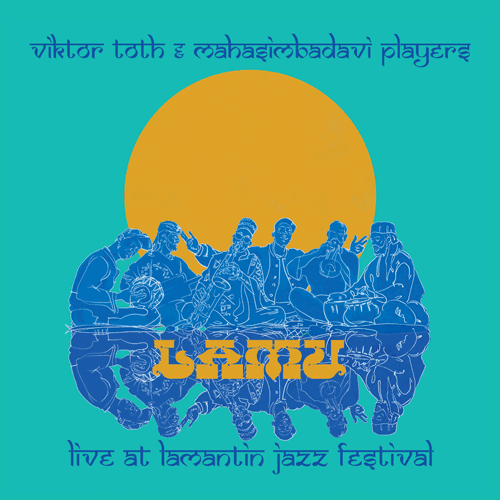
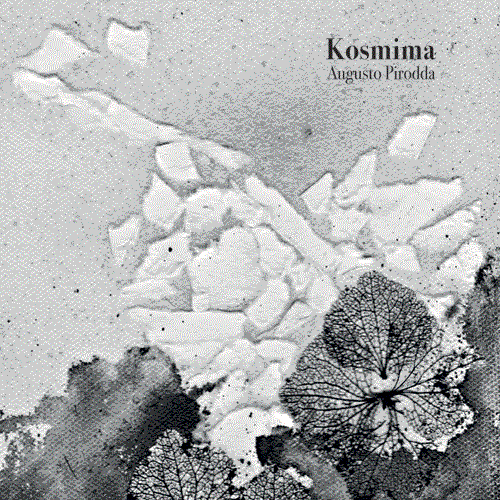 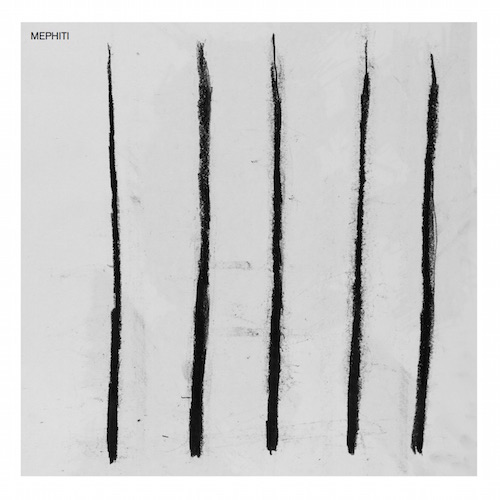  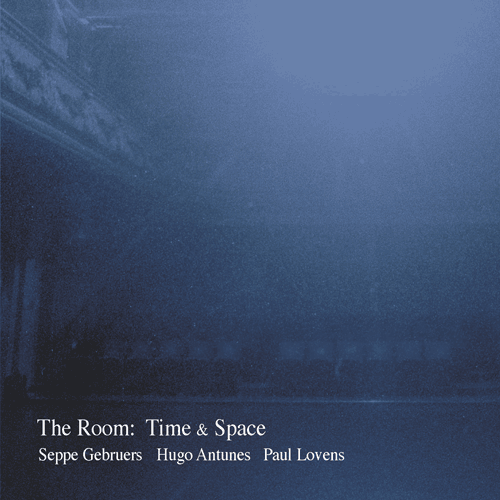 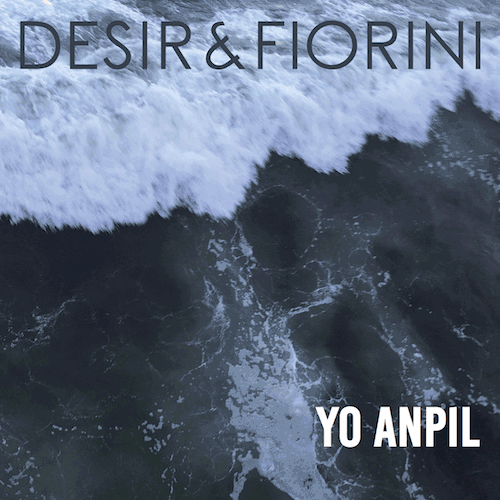
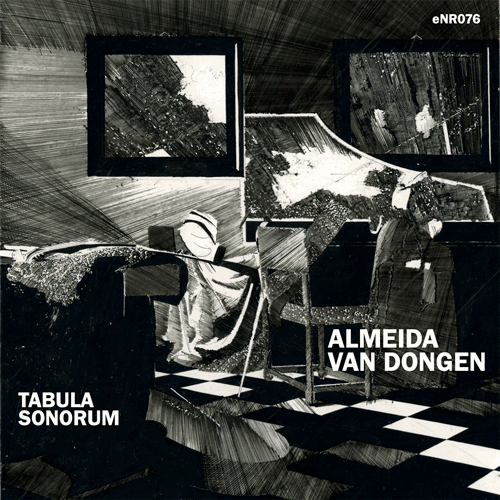 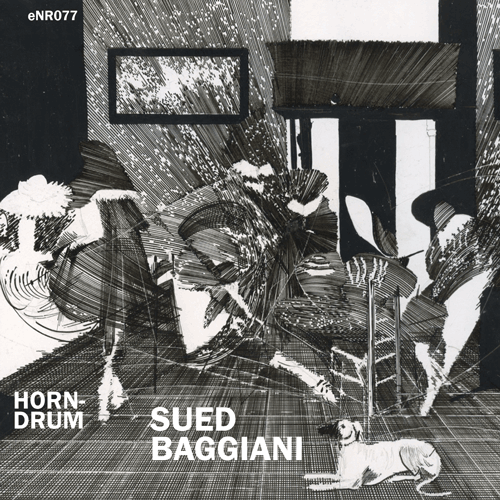 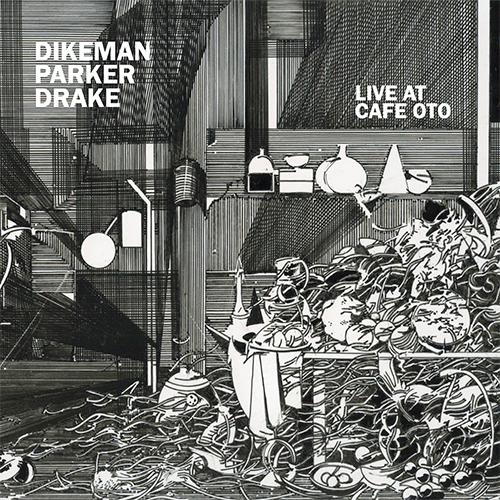 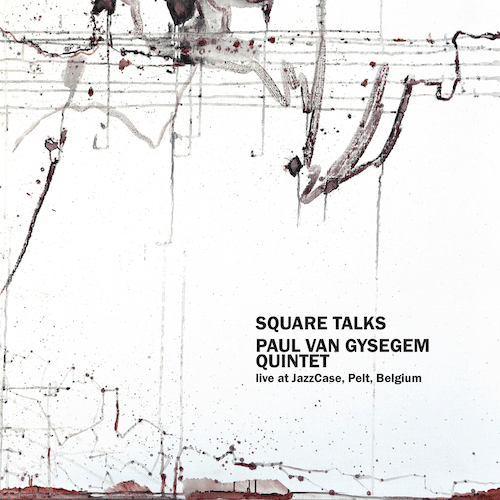 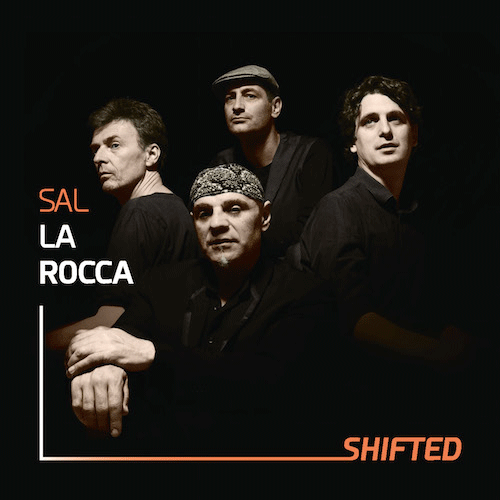
  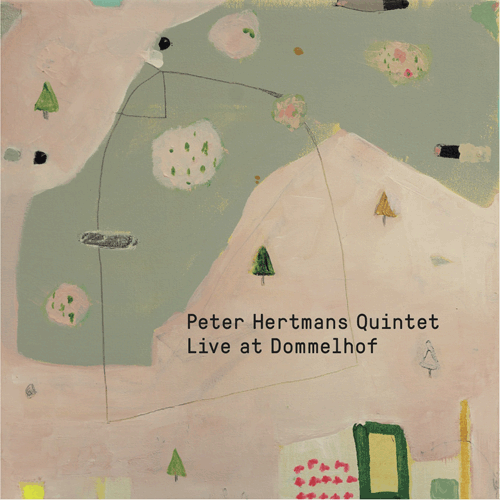 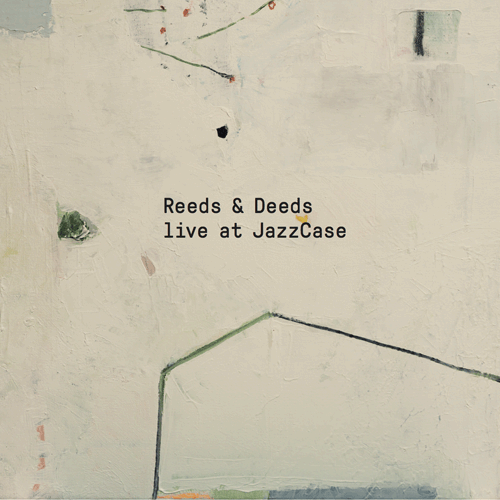 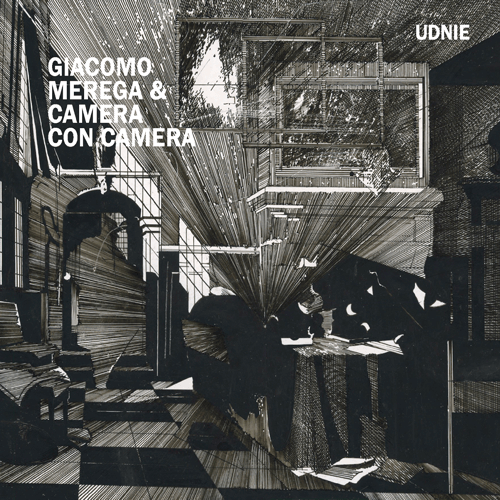
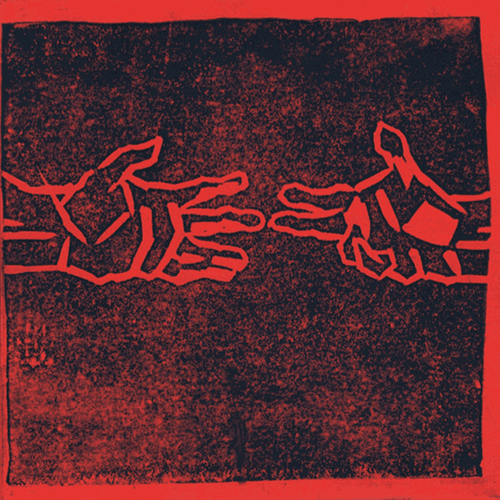 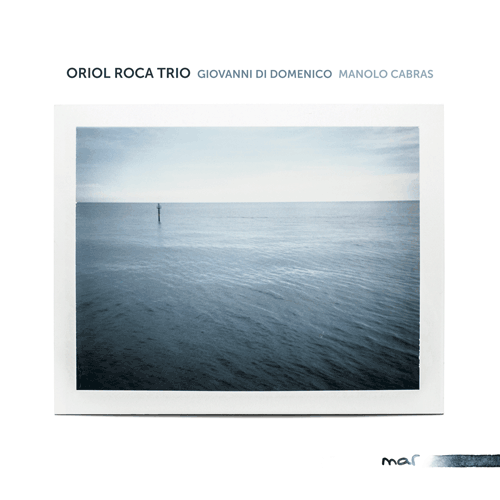 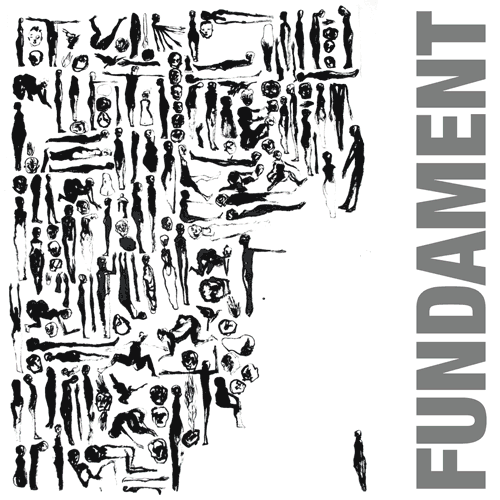  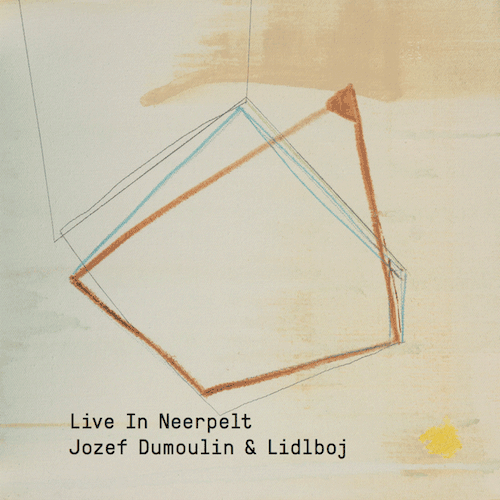
 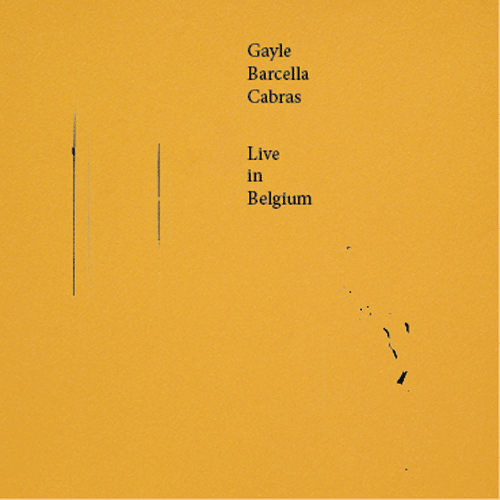   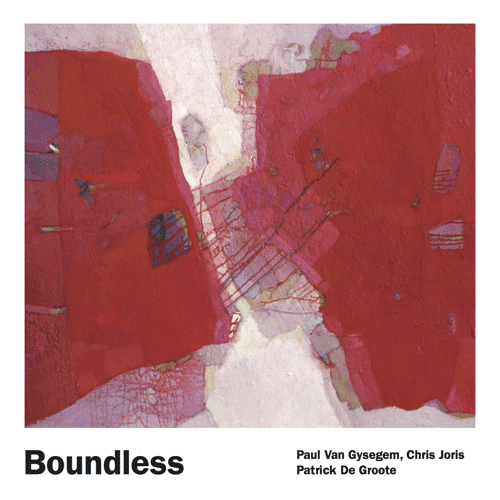
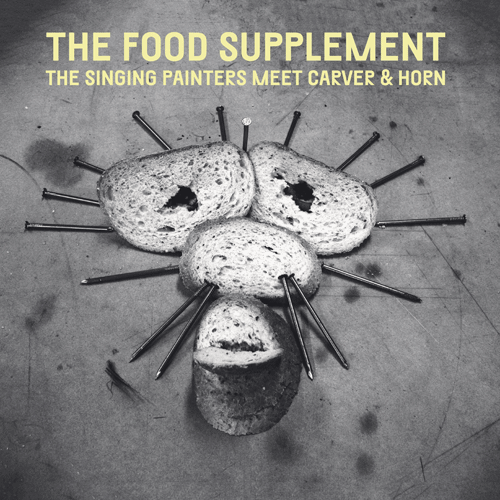 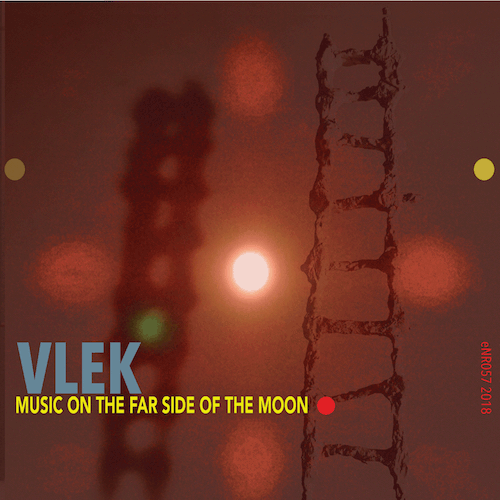 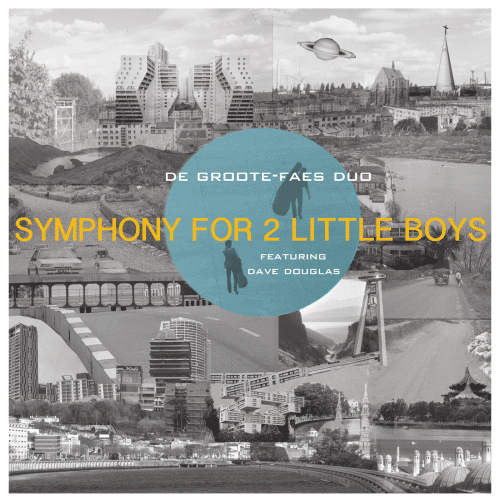 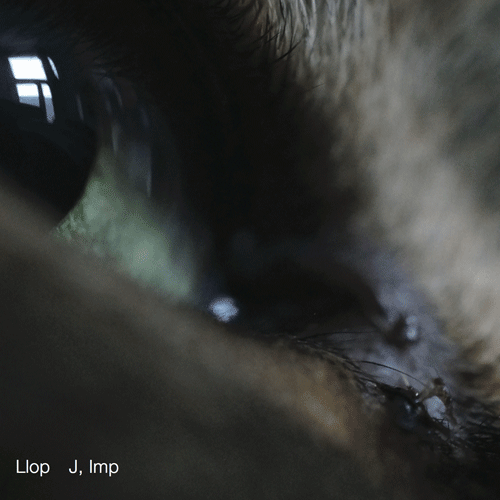 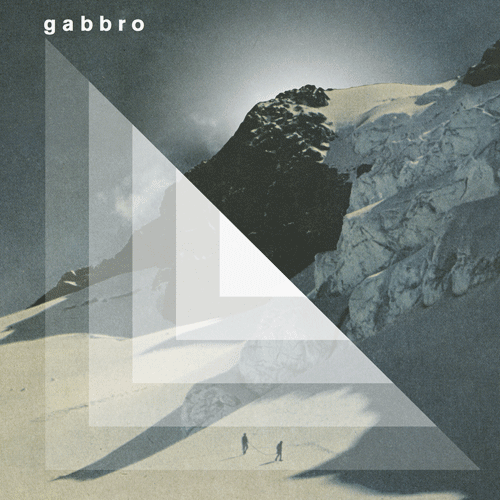
 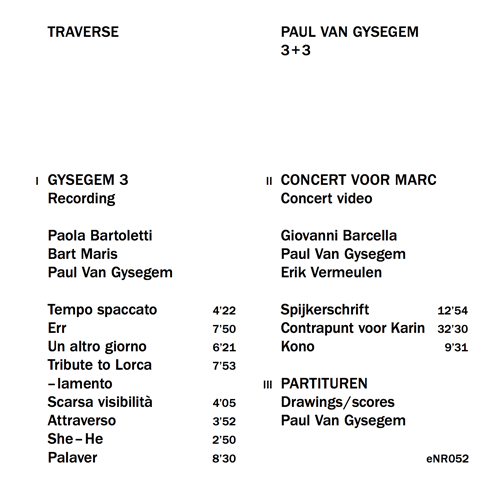 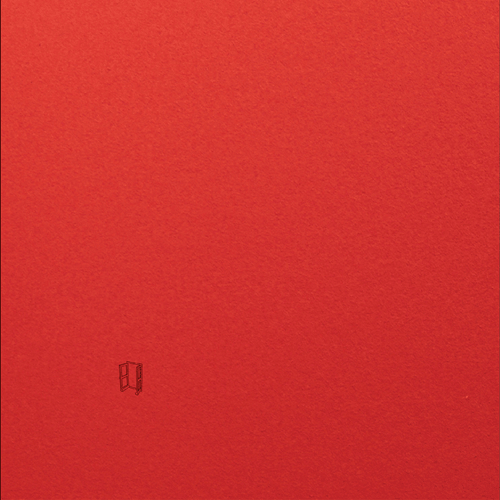 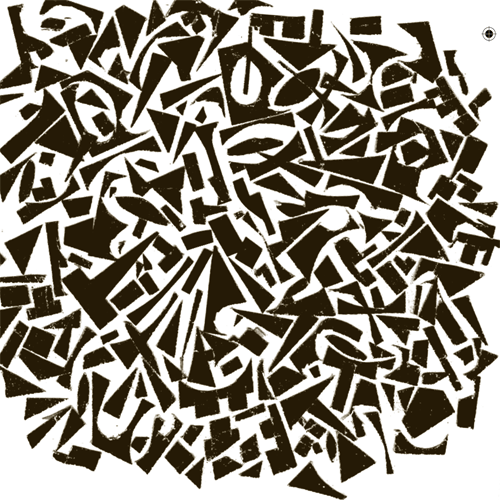 
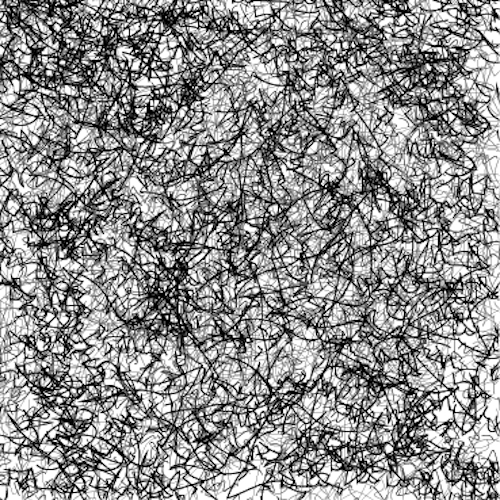  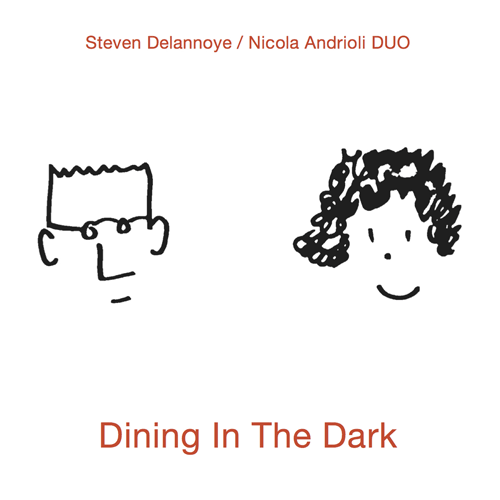 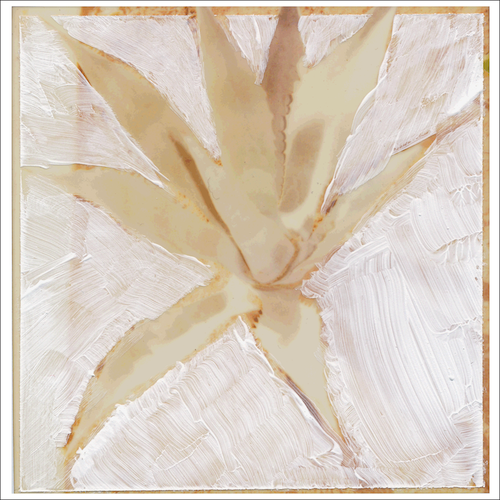 
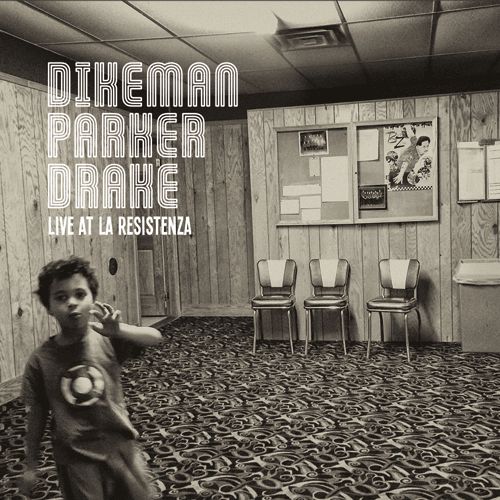 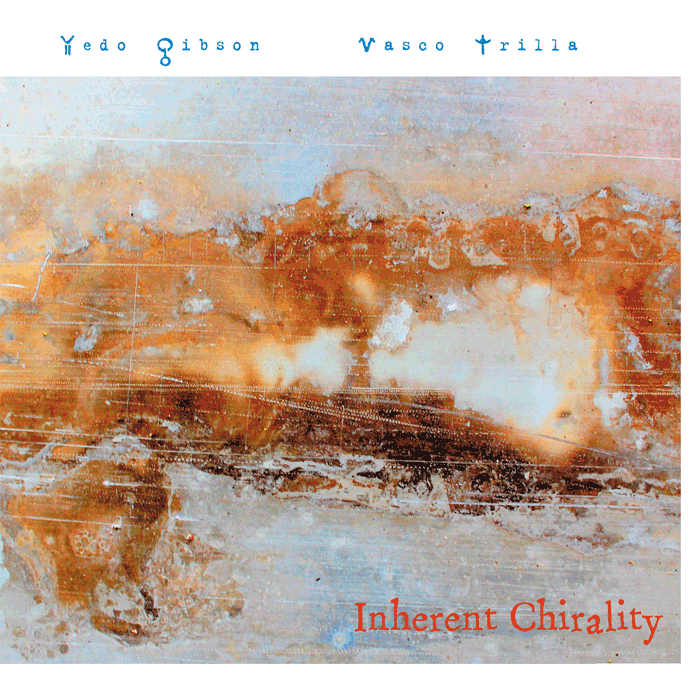 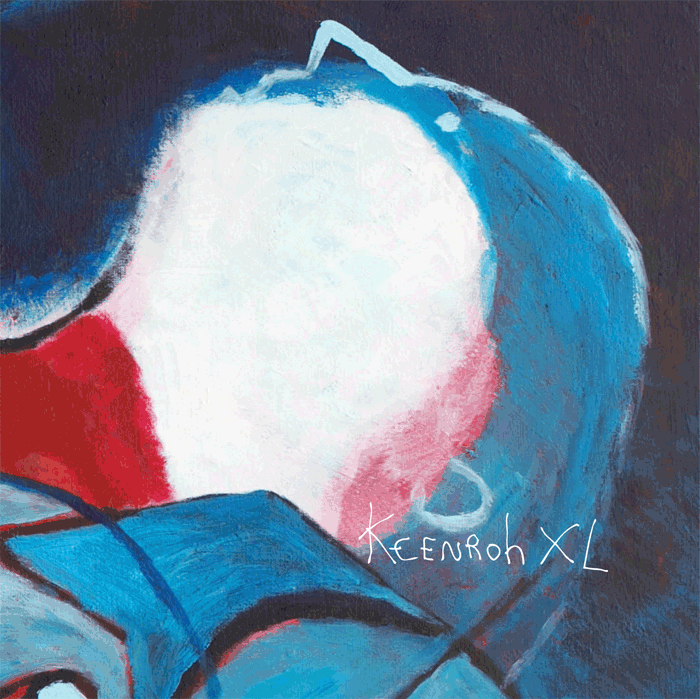  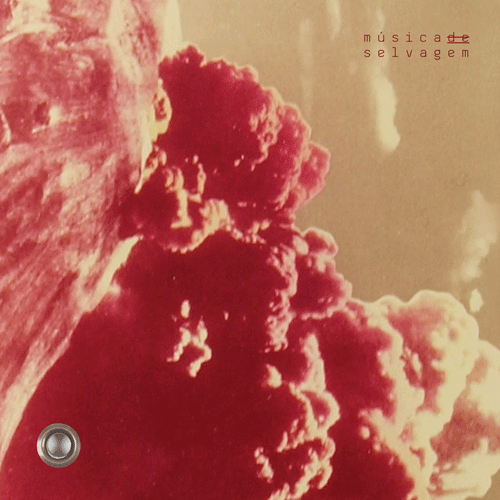
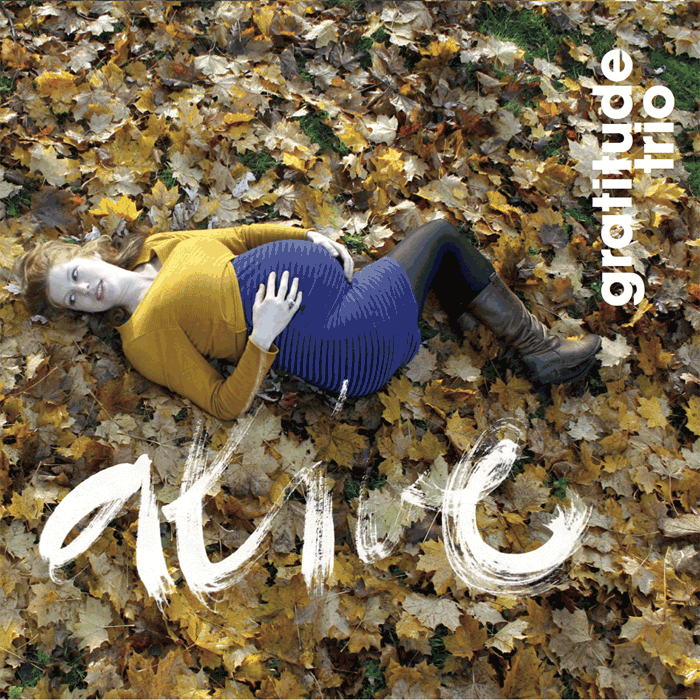 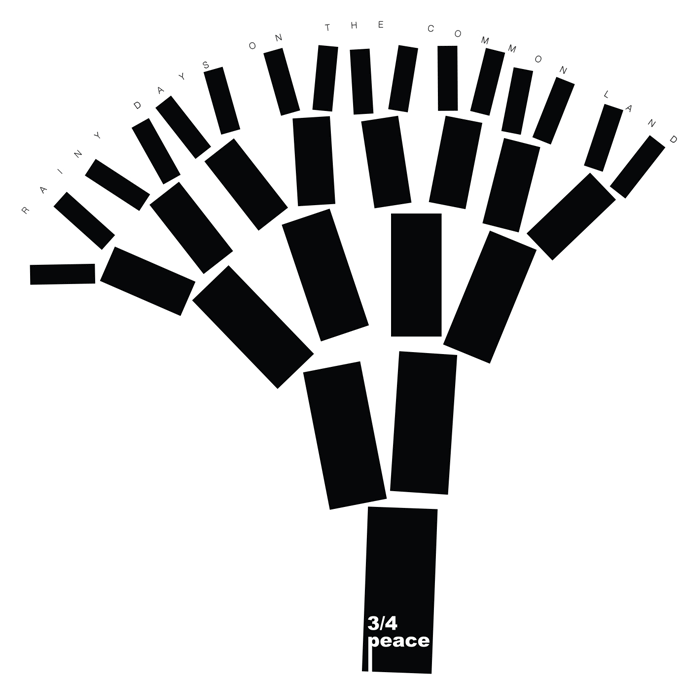 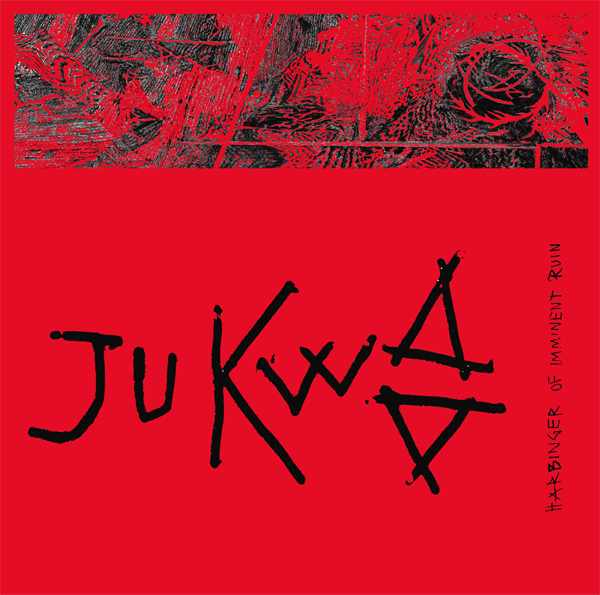  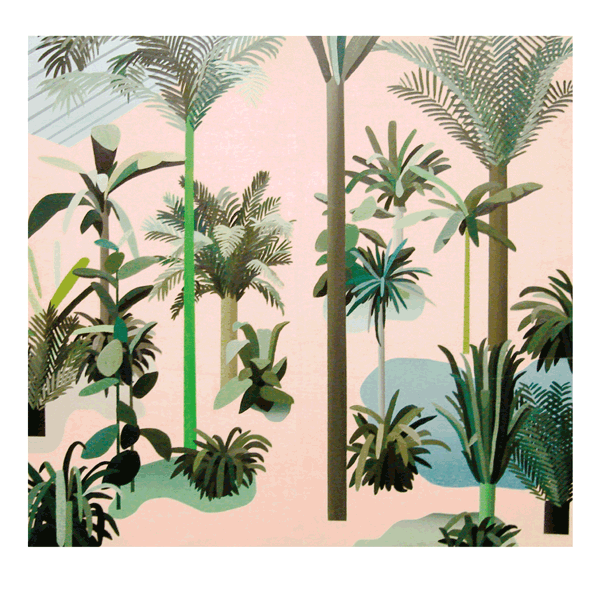
 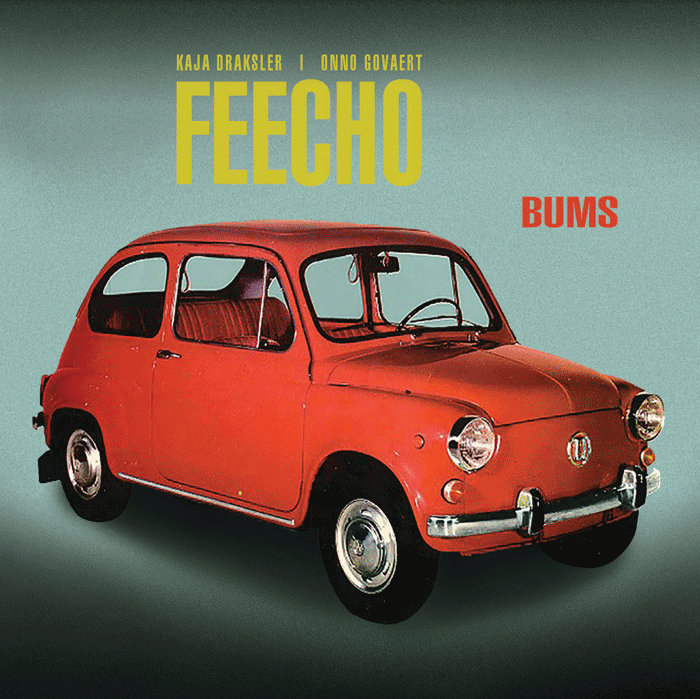  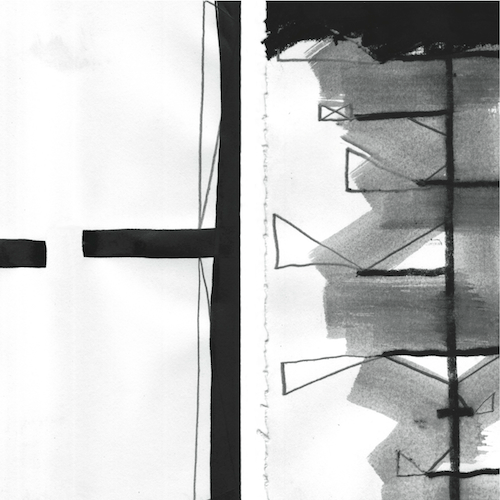 
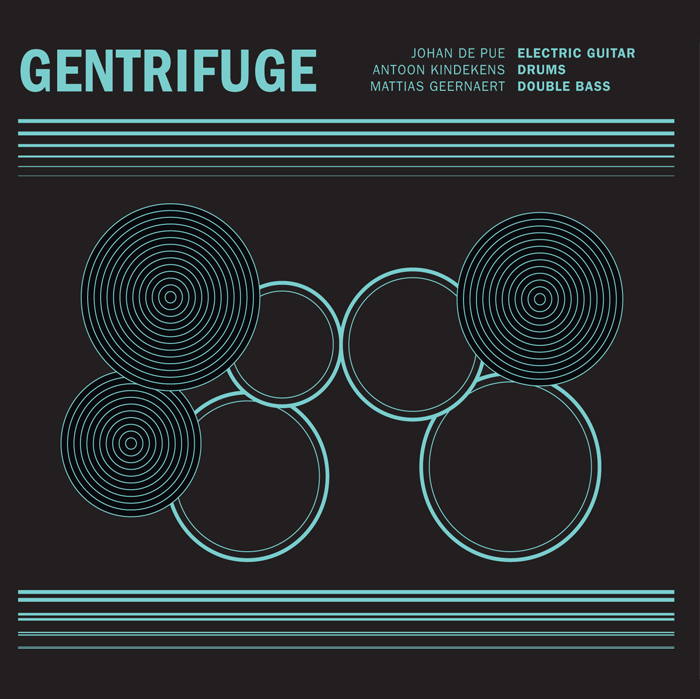 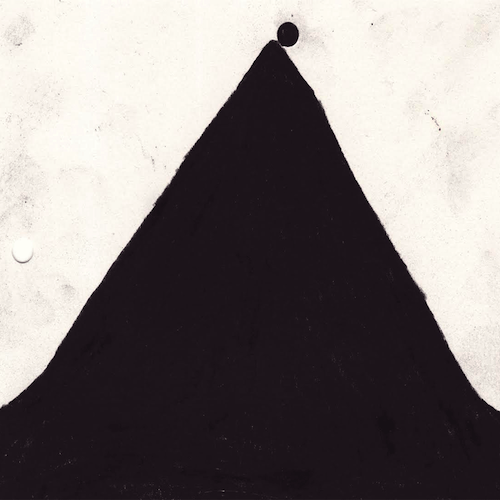 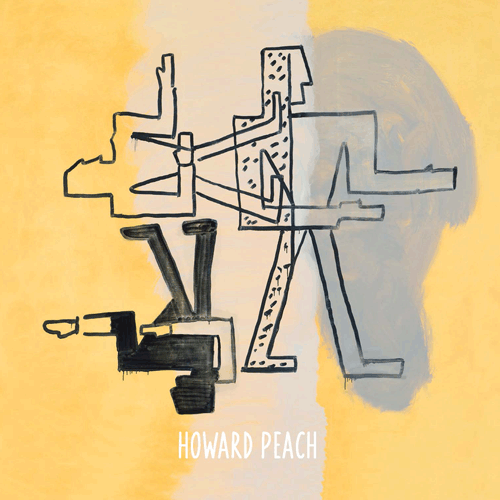 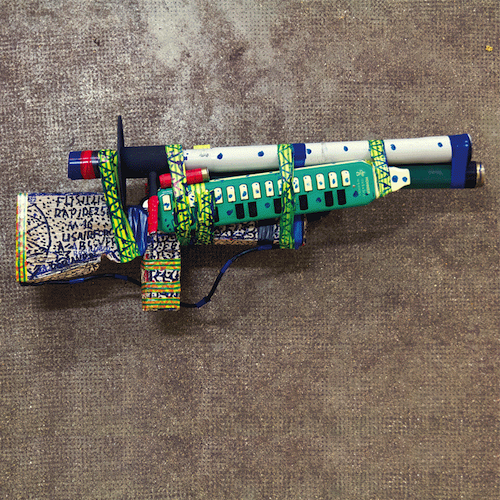 
 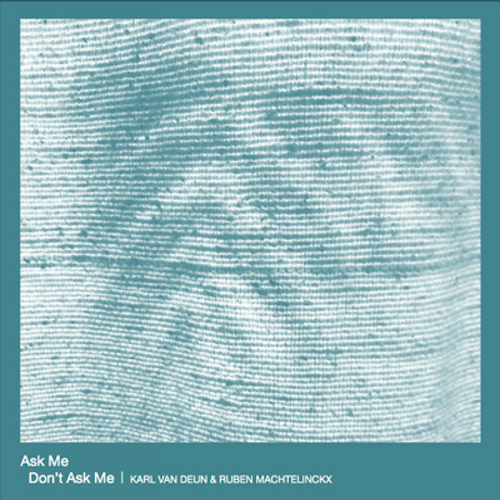 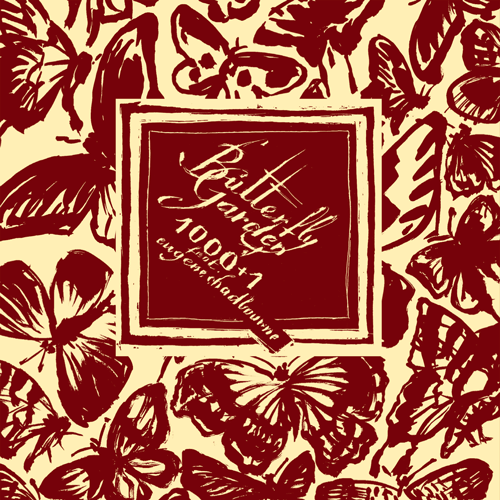 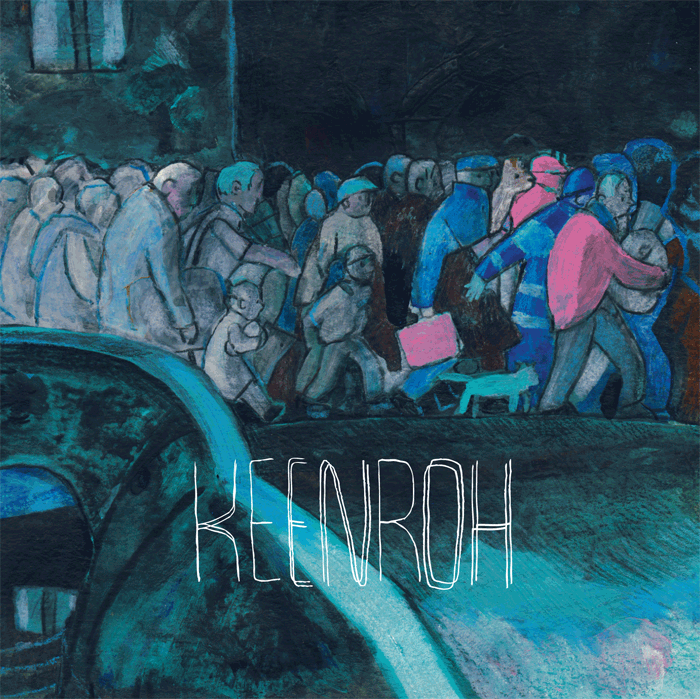 
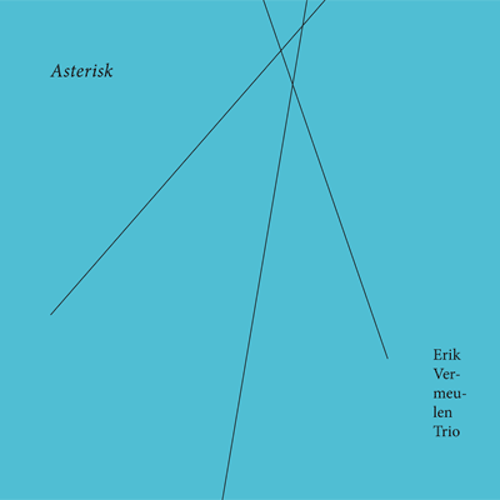 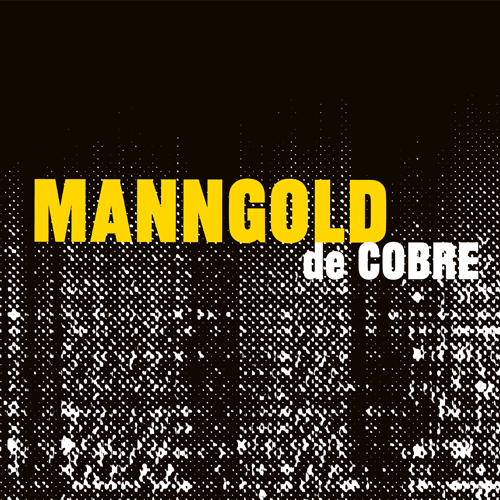 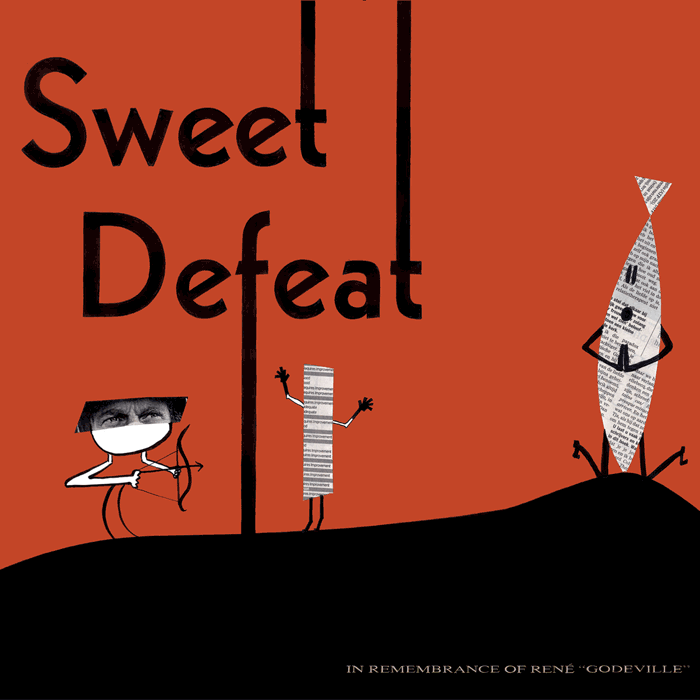 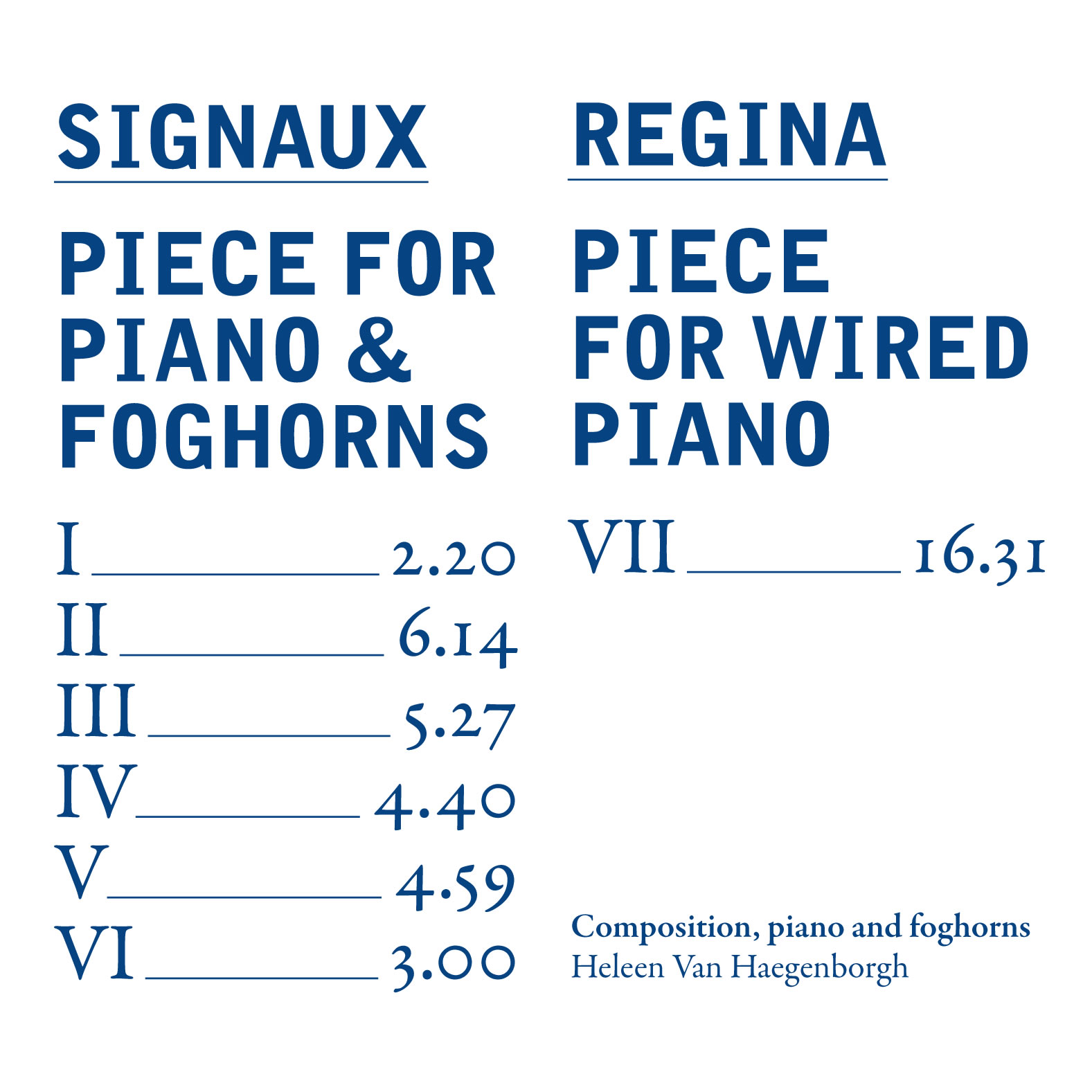 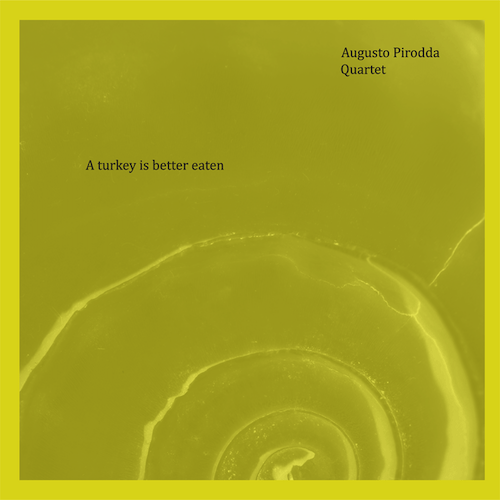
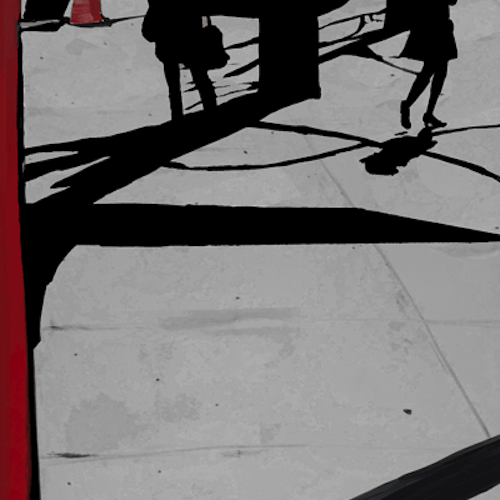 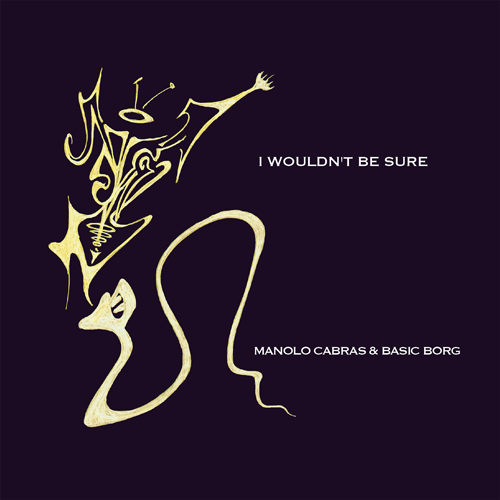  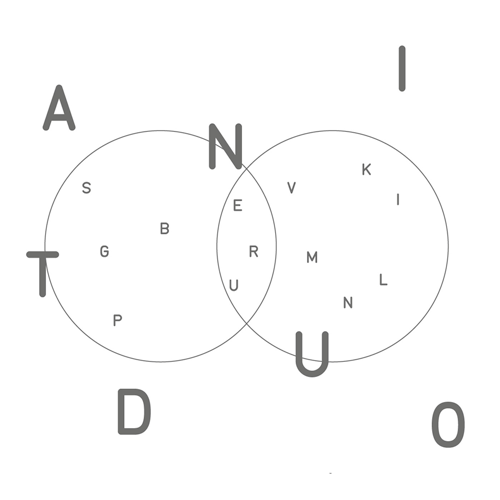 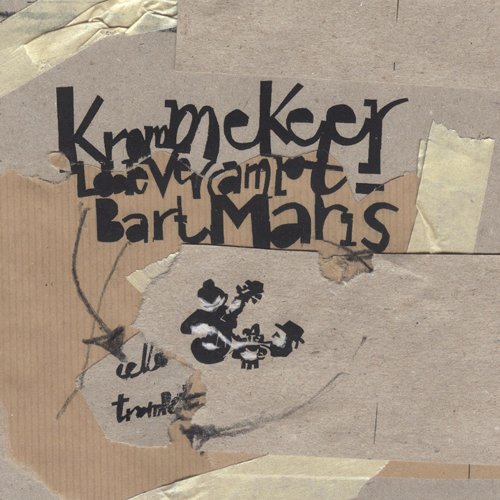
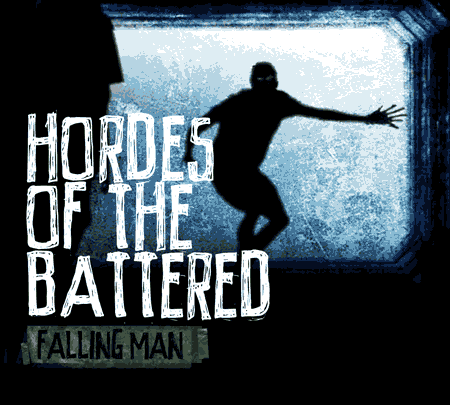 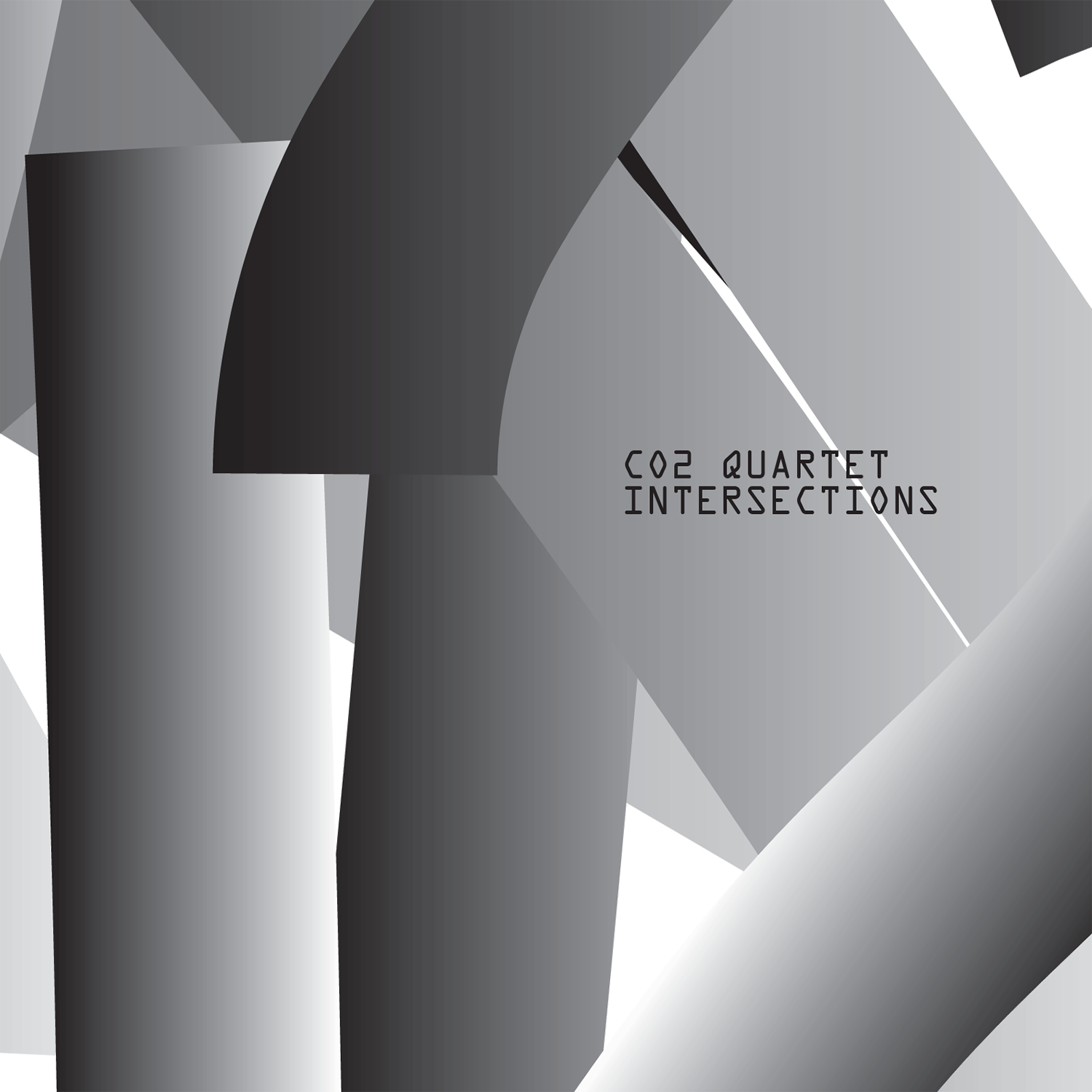 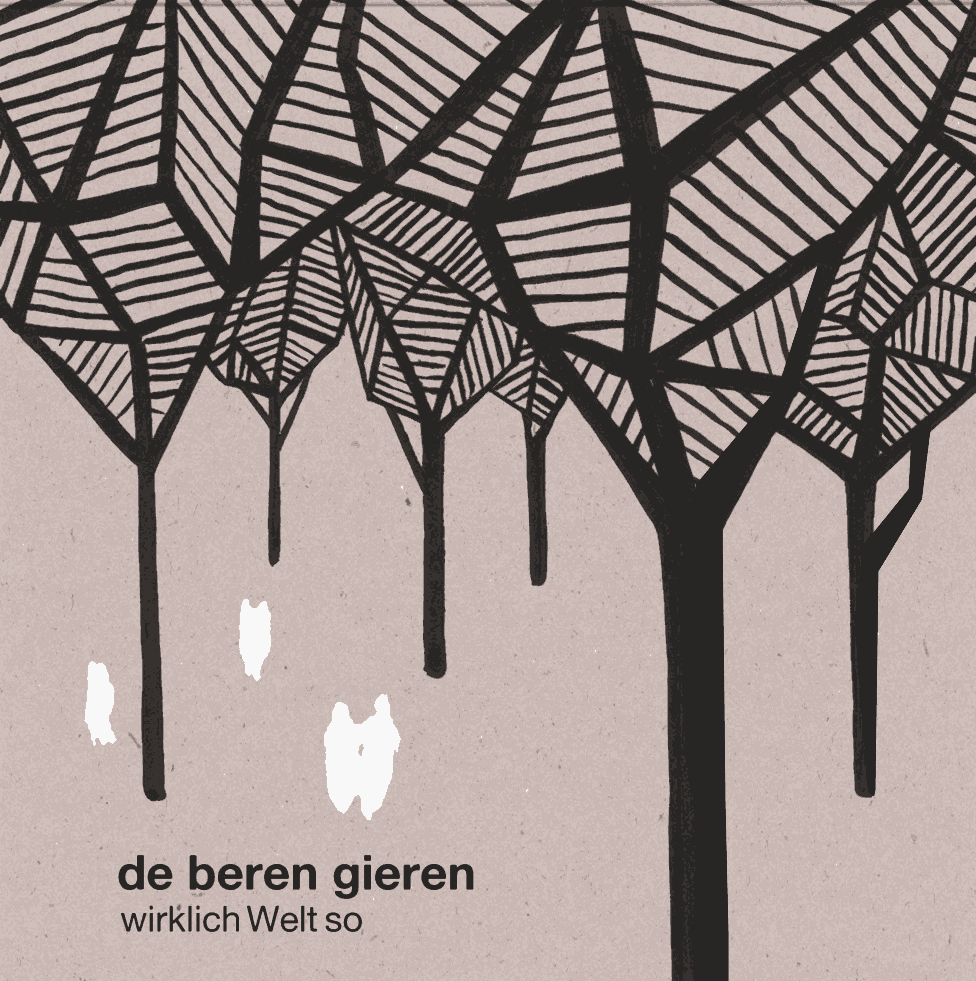  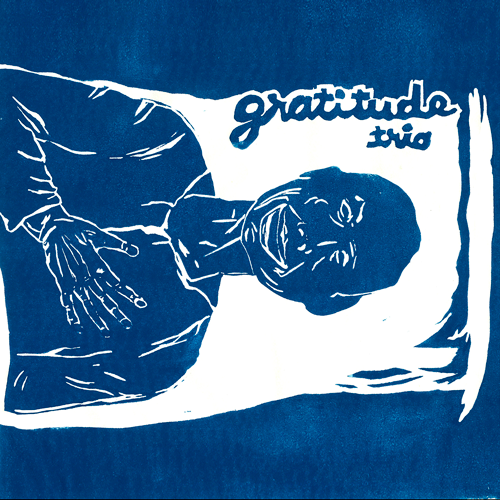
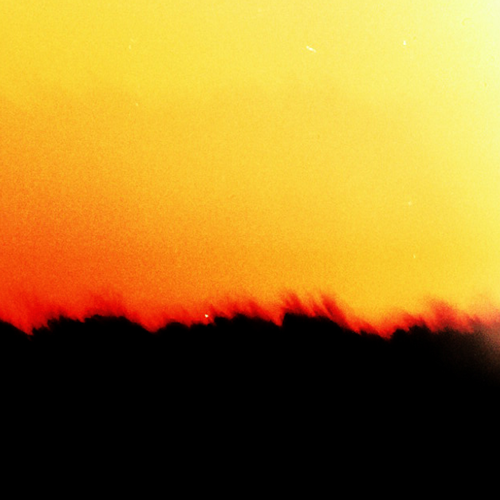  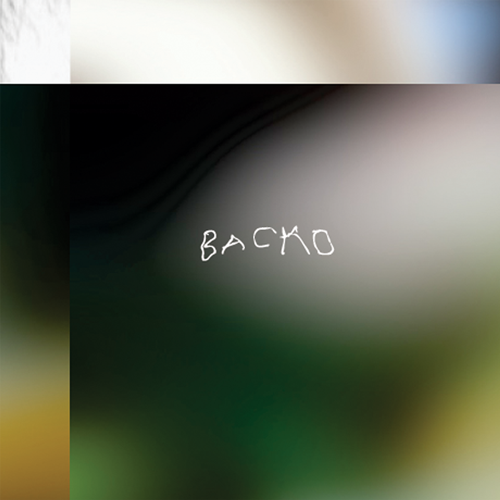 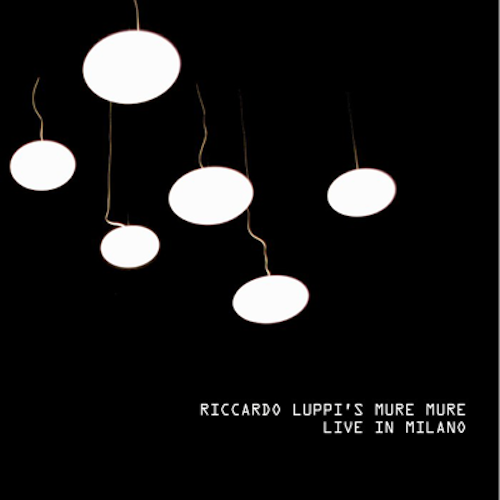 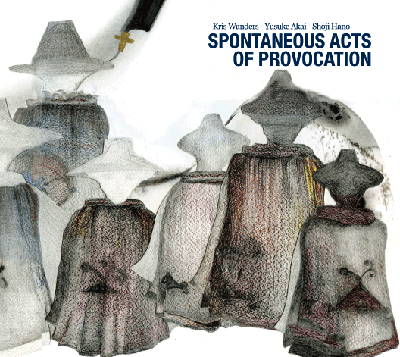
 |
|



